Milan
The capital of the Lombardy region, Milan is also a global capital of design and fashion. Luxury towers have entered the mix of high-end real estate options
Milan is Italy’s second largest city and the country’s premier financial and retail centre. Its diversified economy has outperformed many other Italian cities. Residential transactions were up 22% in 2016 (but remain 13% below peak) and, according to Idealista, prices increased by 1.4% in the second quarter of 2017.
The historic centre is the city’s most prestigious area, notably the Scala and Quadrilatero della Moda quarters. Prices across Milan average €3,400psm, while prime prices can reach €13,000psm.
A number of luxury towers have emerged around the Porta Nuova business district. They include Solaria, Italy’s tallest residential building, and the ‘vertical forest’ terrace planting of Bosco Verticale.
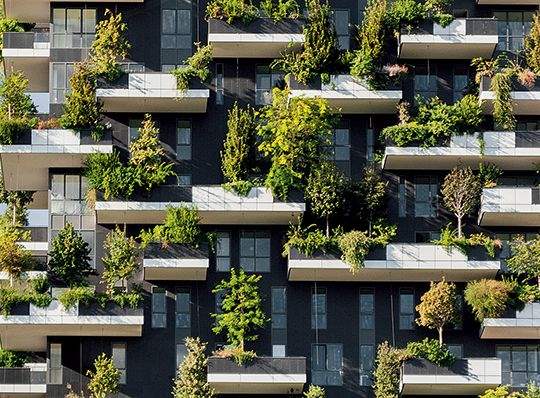
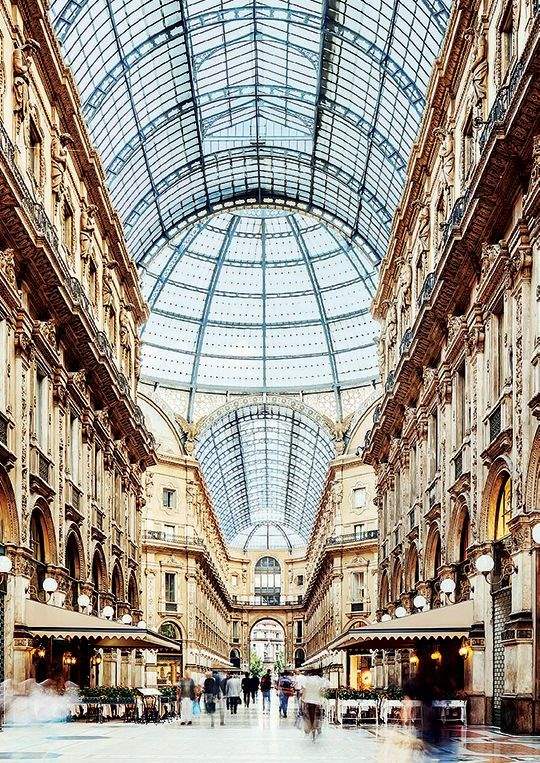
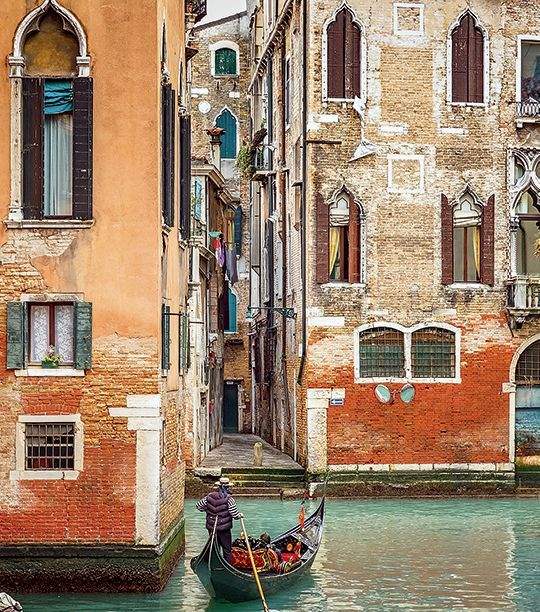
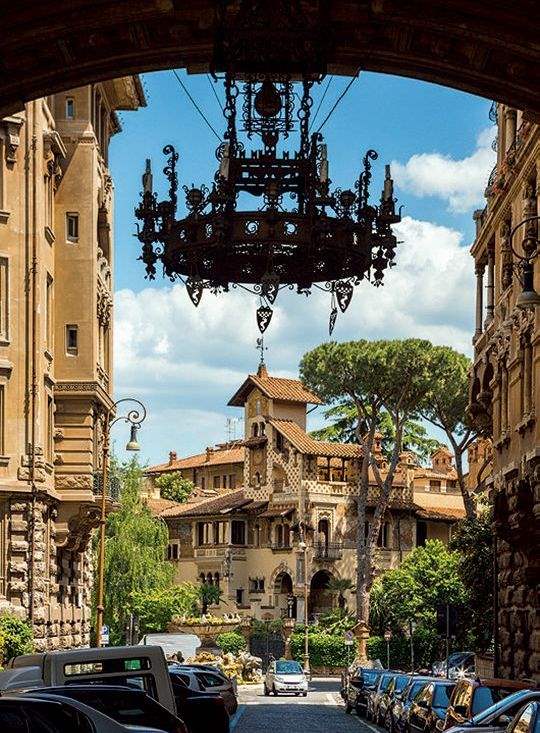
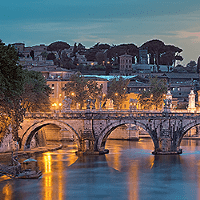

.png)